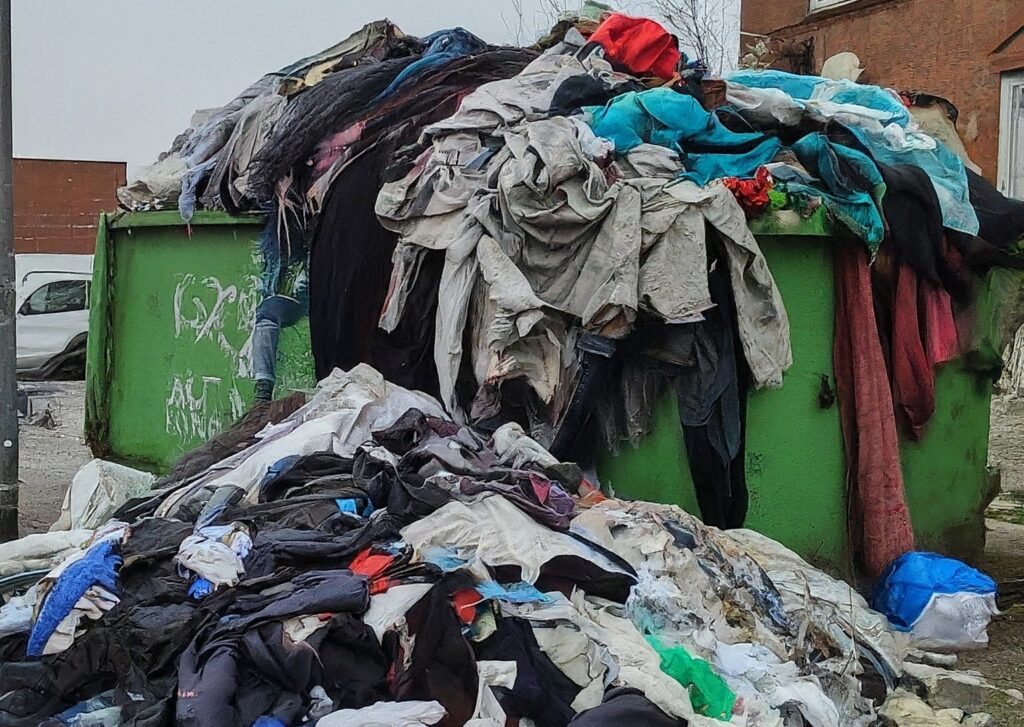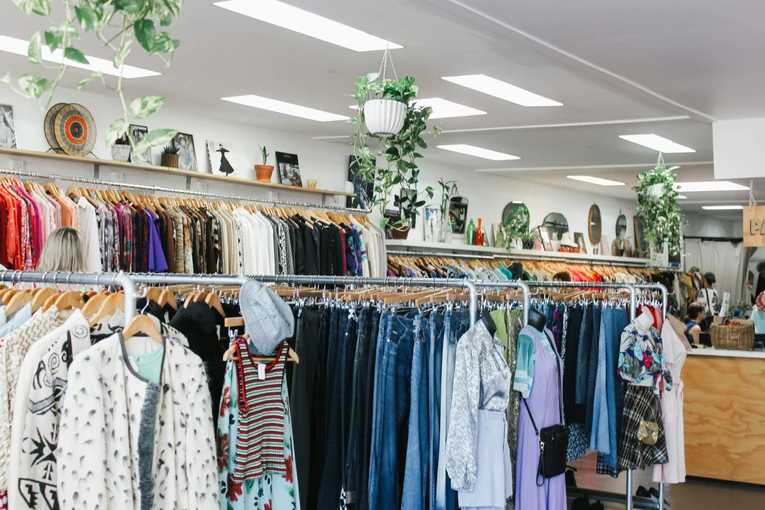Do you ever think about where your clothes come from or where they go when you’re done with them? Fashion has a hidden impact on our planet, and the rise of fast fashion has only made it worse. But there’s a solution—sustainable fashion. Fair labor practices, resource conservation, and waste reduction are all benefits of sustainable fashion.
So, what exactly is sustainable fashion? At its core, it’s about making clothes that don’t harm the environment or people. Sustainable brands prioritize sustainable materials like organic cotton, recycled fabrics, and eco-friendly dyes. They also ensure ethical labor practices, creating a win-win for everyone involved.
Why should you care? Because the choices you make as a consumer have a massive impact. Supporting sustainable fashion helps reduce pollution, save resources, and improve lives. It’s also an opportunity to align your wardrobe with your values. Imagine wearing clothes that not only look good but do good.
Ready to make a difference? Let’s dive into the benefits of sustainable fashion and discover how adopting it can transform your lifestyle while protecting the planet.
10 Benefits of Sustainable Fashion
1. Reduces Environmental Pollution

The fashion industry is one of the largest polluters globally. It contributes 10% of total carbon emissions annually. Fast fashion relies heavily on synthetic materials like polyester, which release microplastics into water systems during washing.
Sustainable fashion focuses on eco-friendly production techniques. Many brands use organic cotton, bamboo, or recycled fabrics, significantly reducing water pollution and carbon emissions. Additionally, non-toxic dyes and closed-loop systems in sustainable manufacturing do not harm ecosystems.
2. Saves Natural Resources
Traditional clothing production consumes a massive amount of natural resources. For example, producing a single pair of jeans can use up to 7,500 liters of water. One of the key benefits of sustainable fashion is that it counters this waste by using renewable resources or recycled materials.
Innovations like repurposed fabrics or biodegradable materials ensure fewer resources are extracted from the earth. As a result, this approach helps conserve essential resources like water, soil, and energy for future generations.
3. Encourages Ethical Practices
Sustainable fashion brands prioritize fair labor practices. Ensures workers receive fair wages, safe working conditions, and reasonable working hours. This approach eliminates exploitative practices like child labor and sweatshops commonly associated with fast fashion.
Ethical standards ensure the well-being of textile workers, creating a ripple effect of social responsibility. This focus on humane treatment makes the industry more just and inclusive.
4. Supports Local Artisans and Communities
Many sustainable fashion brands collaborate with local artisans to preserve traditional crafts and skills. By promoting handmade clothing, brands provide these artisans employment opportunities and fair pay. This practice preserves cultural heritage and also uplifts marginalized communities. The global demand for sustainable fashion creates economic stability in regions that depend on craftsmanship.
5. Lasts Longer
Sustainable clothing is designed with durability in mind. High-quality materials and thoughtful construction mean these garments can withstand wear and tear, often lasting years. Unlike fast fashion, which prioritizes trends over quality, sustainable brands focus on creating timeless designs.
One of the key benefits of sustainable fashion is its longevity, which reduces the frequency of replacements. Helps in reducing textile waste and conserving resources used in production.
6. Helps Reduce Waste
The fast fashion industry generates an estimated 92 million tons of textile waste annually. Sustainable fashion addresses this issue by promoting circular practices like recycling, upcycling, and creating garments from post-consumer waste.
By repurposing materials, brands divert waste from landfills and reduce the burden on waste management systems. This focus on reducing waste benefits both the environment and the economy.

7. Protects Biodiversity
Fast fashion often harms nature through intensive farming, chemical fertilizers, and pesticides. These practices can cause deforestation and degrade soil, leaving ecosystems struggling. Sustainable fashion takes a different approach by using organic materials that need little to no chemical interference.
By supporting organic farming, you help protect ecosystems, allowing plants and animals to flourish. Fabrics like hemp and bamboo, which grow naturally and sustainably, work in harmony with their environment. When you choose eco-friendly options, you’re actively helping biodiversity thrive.
8. Promotes Transparency and Accountability
Sustainable fashion brands are open about their sourcing, production methods, and labor practices. This honesty helps you make better, more informed shopping decisions.
Many ethical brands go a step further by publishing reports on their environmental impact. This builds trust and holds them accountable for their promises. Transparency benefits everyone, encouraging responsible practices and discouraging misleading claims like greenwashing. When you support transparent brands, you’re pushing the industry towards positive change.
9. Reduces Greenhouse Gas Emissions
Fast fashion relies on synthetic fibers like polyester, which are derived from fossil fuels. Producing these materials releases large amounts of greenhouse gases. One of the key benefits of sustainable fashion brands is that they prioritize natural and recycled materials with lower carbon footprint.
Furthermore, local production and shorter supply chains reduce transportation-related emissions, making sustainable clothing significantly more eco-friendly.
10. Fosters Innovation in Sustainable Materials
Sustainable fashion has driven innovation in the development of eco-friendly fabrics and materials. Brands prioritizing sustainability are now creating clothing from alternatives like mushroom leather, pineapple fibers, and algae-based textiles.
These innovations reduce reliance on traditional materials and open new avenues for sustainable production. By embracing these advances, the industry sets a precedent for other sectors to adopt greener practices.
11. Improves Health and Well-being
Conventional clothing often uses chemicals like azo dyes and formaldehyde. It may cause skin irritation or any other long-term health issues. Shifting towards sustainable fashion eliminates these risks. As you know this practice uses non-toxic dyes and organic materials. This eco-friendly method of production takes care of the health and the environment.
12. Drives Positive Industry Change
The rise of sustainable fashion has pressured the broader fashion industry to adopt better practices. Major brands are now committing to reducing their environmental footprint by incorporating sustainable practices into their supply chains. This industry-wide shift benefits workers, ecosystems, and consumers alike.

13. Inspires Conscious Awareness
By choosing sustainable fashion, individuals become more aware of their consumption patterns and the impact of their choices. This awareness often extends to other areas of life, encouraging a broader shift toward sustainability. Over time, such changes foster a culture of mindfulness that benefits society as a whole.
Final Thoughts
It all starts with mindful decisions. By embracing sustainable fashion, you can reduce your environmental footprint, support ethical practices, and create a positive impact. The benefits of sustainable fashion go beyond just your wardrobe—they contribute to a healthier planet and a fairer world.
Care for the clothes you have, choose quality over quantity and shop with intention. Together, we can make sustainable fashion the norm and pave the way for a brighter, more sustainable future.
